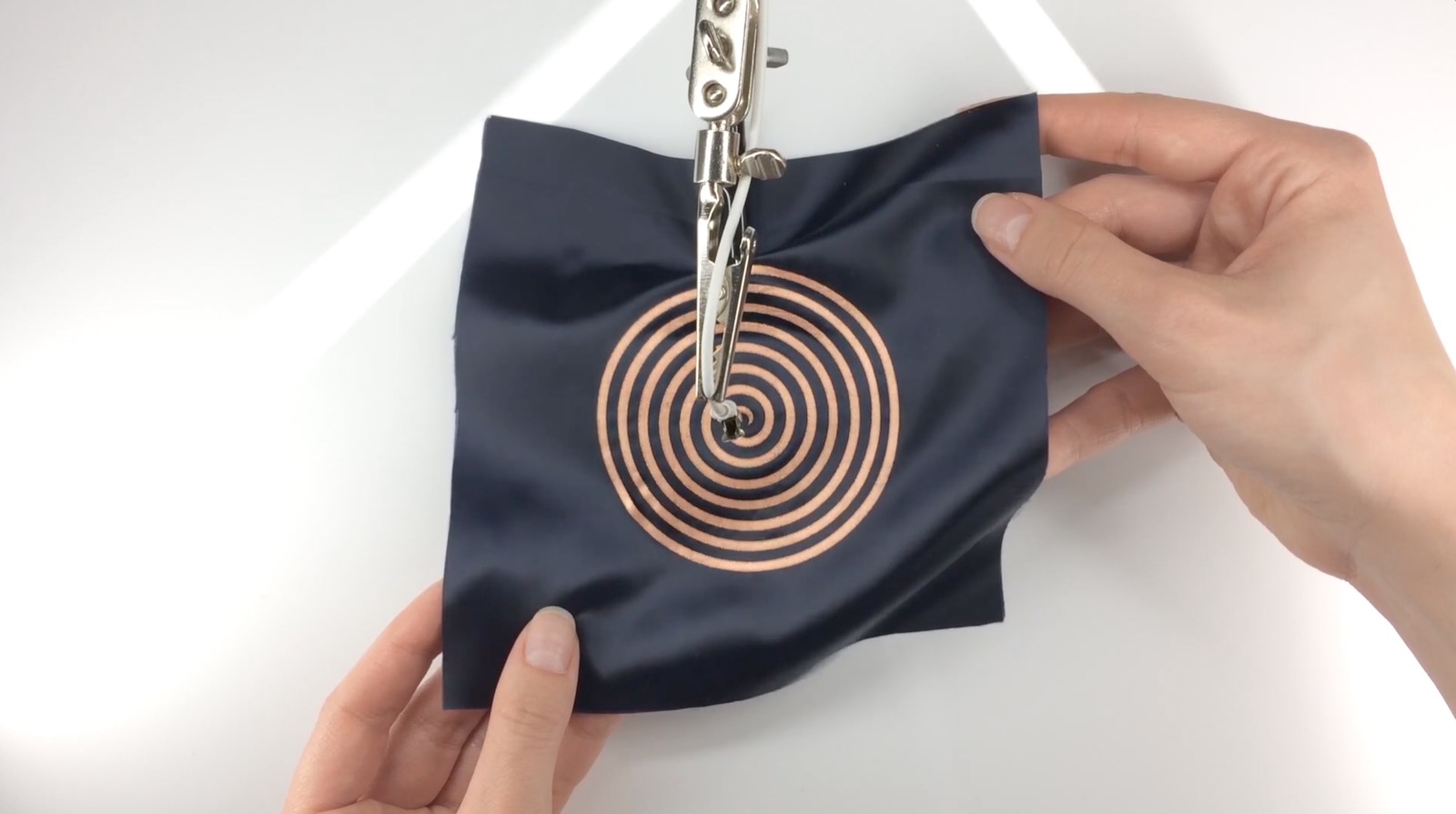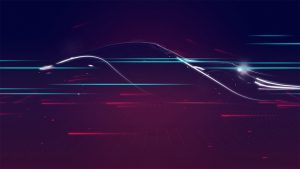//Erin Fuller
//SectionA
//efuller@andrew.cmu.edu
//Project 04
// please view on safari, does not work on chrome
var x; //mouseX global
var y; //mosueY global
var control; // laser position based on for loop increments
function setup() {
createCanvas(400, 300);
}
function draw() {
background(0);
var x = mouseX * (255 / width); // changes g value relative to width
var y = mouseY * (255 / height); // changes b value relative to width
stroke(255, x, y); //g and b values changed
strokeWeight(.005); // very thin lines to look like lasers
for (var i = 0; i < 100; i++) {
var control = (i * mouseX) / 75; //control increases based on mouseX postion
line(0, 0, control, height);//top left "laser" pointing down
line(0, 0, width, control);//top left "laser" pointing right
line(width, height, control, 0);//bottom right "laser" fanning left and up
line(0, control, width, height);//bottom right "laser" fanning left and down
}
}
I wanted my “String Art” to be reminiscent of a laser light show like what you see at concerts. So as you move your mouse you change how wide the “lasers” fan out and their color.
![[OLD FALL 2018] 15-104 • Introduction to Computing for Creative Practice](../../../../wp-content/uploads/2020/08/stop-banner.png)



